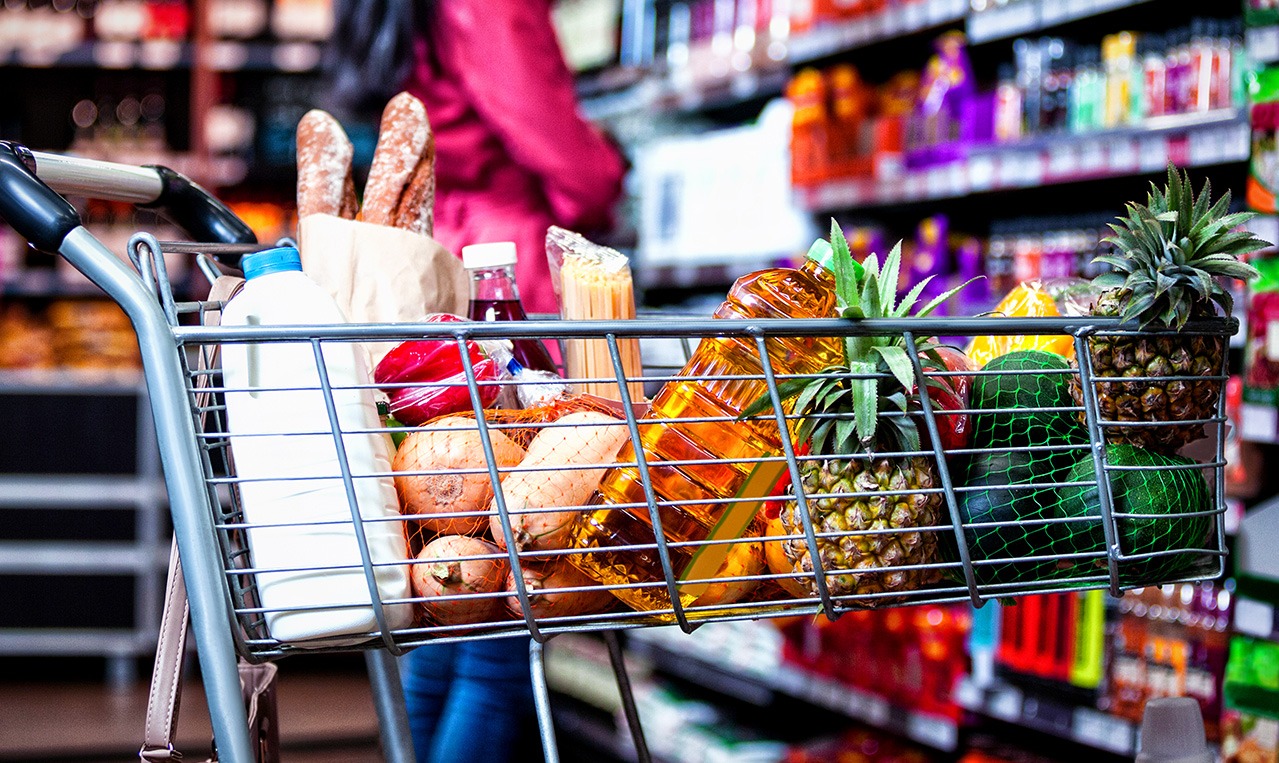Introduction
In the vibrant city of Chennai, a shift towards eco-friendly living is gaining momentum, with grocery home delivery emerging as a sustainable choice. This article explores the environmental advantages of opting for groceries home delivery, shedding light on the substantial reduction in carbon emissions and the adoption of sustainable packaging practices. As consumers increasingly seek ways to align their lifestyles with ecological responsibility, understanding the impact of groceries online Chennai becomes crucial.
The Urban Challenge: Carbon Footprint and Grocery Shopping
Chennai’s Growing Urban Landscape
As Chennai experiences rapid urbanization, the environmental challenges associated with traditional grocery shopping methods become apparent. The carbon footprint stemming from personal transportation, packaging waste, and energy consumption in brick-and-mortar stores raises concerns about sustainability. Grocery home delivery emerges as a viable solution to address these challenges and foster a more eco-conscious lifestyle.
The Environmental Advantages of Grocery Home Delivery
1. Reduced Personal Transportation Emissions
a. Private Vehicle Emissions:
Traditional grocery shopping often involves individual trips to supermarkets, contributing to vehicular emissions. Grocery home delivery consolidates these trips, reducing the overall carbon footprint associated with personal transportation.
b. Public Transportation Impact:
Even when using public transportation for grocery runs, the collective impact of multiple shoppers traveling to and from stores adds to the city’s carbon emissions. Home delivery streamlines these transportation activities, minimizing the environmental toll.
2. Efficient Route Planning
Grocery delivery services employ advanced logistics and route optimization technologies to plan efficient delivery routes. This results in reduced travel distances, fuel consumption, and, consequently, lower emissions. Efficient route planning is a key contributor to the environmental sustainability of grocery home delivery.
3. Energy-Efficient Fulfillment Centers
Grocery delivery services often operate centralized fulfillment centers where orders are assembled for delivery. These facilities can be designed with energy-efficient practices, incorporating sustainable energy sources and reducing overall energy consumption compared to numerous individual stores scattered across the city.
4. Encouraging Sustainable Transport Modes
Some grocery delivery services utilize eco-friendly modes of transportation, such as electric or hybrid vehicles and bicycles. These choices contribute to lowering carbon emissions and set a positive example for sustainable urban transport solutions.
Sustainable Packaging Practices in Grocery Home Delivery
1. Minimalistic Packaging
a. Avoiding Over-Packaging:
One of the environmental drawbacks of traditional supermarkets is the excessive use of packaging materials. Grocery home delivery services can adopt minimalistic packaging approaches, using only what is necessary to ensure the freshness and safety of the products.
b. Eco-Friendly Packaging Materials:
Embracing biodegradable or recyclable packaging materials further enhances the sustainability of grocery home delivery. The transition to eco-friendly packaging options reduces the environmental impact of packaging waste.
2. Reusable Packaging Solutions
a. Returnable Packaging:
Implementing a system where customers can return packaging materials for reuse promotes a circular economy. This approach minimizes single-use packaging and encourages responsible consumer behavior.
b. Durable and Reusable Bags:
Providing customers with durable, reusable bags for groceries home delivery Chennai not only reduces the consumption of single-use plastic bags but also fosters a culture of sustainability among consumers.
3. Innovative Packaging Designs
Exploring innovative packaging designs, such as collapsible or stackable containers, optimizes space during transportation. This not only reduces the need for excess packaging but also improves the overall efficiency of the delivery process.
4. Educating Consumers on Recycling
Grocery home delivery services can play a pivotal role in educating consumers about proper recycling practices. Providing information on how to dispose of packaging materials responsibly ensures that recycling efforts align with environmental goals.
Overcoming Challenges and Embracing Sustainable Solutions
1. Addressing Last-Mile Delivery Challenges
a. Efficient Delivery Routing:
Last-mile delivery poses environmental challenges, especially in densely populated urban areas. Efficient routing and delivery optimization algorithms can minimize the impact of last-mile logistics on carbon emissions.
b. Encouraging Local Fulfillment Centers:
Establishing local fulfillment centers strategically placed within communities can reduce the distance traveled during the last leg of delivery, mitigating environmental concerns associated with extended delivery routes.
2. Promoting Consumer Awareness
Educating consumers about the environmental benefits of grocery home delivery is crucial. Awareness campaigns highlighting the positive impact on carbon emissions, reduced traffic congestion, and the adoption of sustainable packaging practices empower consumers to make informed and eco-conscious choices.
Consumer Perspectives on Eco-Friendly Grocery Home Delivery
1. Convenience vs. Sustainability
a. Balancing Convenience and Eco-Conscious Choices:
Consumers often weigh the convenience of grocery home delivery against the desire to make sustainable choices. Understanding consumer perspectives helps tailor delivery services to align with both convenience and environmental responsibility.
b. Incentivizing Sustainable Choices:
Grocery delivery services can introduce incentives for consumers who actively choose eco-friendly options, such as reusable packaging or selecting delivery times that contribute to efficient routing.
The Future of Sustainable Grocery Home Delivery in Chennai
1. Collaboration with Local Authorities
Engaging with local authorities and municipal bodies is crucial for creating a supportive framework for sustainable grocery home delivery. Collaborative efforts can lead to the development of infrastructure, policies, and regulations that encourage environmentally responsible practices.
2. Technological Innovations
Investing in technological innovations, such as electric delivery vehicles, route optimization algorithms, and smart fulfillment centers, positions grocery home delivery services at the forefront of sustainable urban logistics.
Conclusion
As Chennai residents increasingly embrace eco-friendly living, the role of order groceries online Chennai in reducing the city’s carbon footprint cannot be overstated. The environmental advantages, from minimized personal transportation emissions to the adoption of sustainable packaging practices, make grocery home delivery a compelling choice for those seeking to align their lifestyles with ecological responsibility.
By overcoming challenges, promoting sustainable solutions, and fostering consumer awareness, groceries home delivery services can contribute significantly to Chennai’s journey towards a greener and more sustainable future. The fusion of technology, consumer choice, and environmental responsibility paints a promising picture of how grocery home delivery can be a cornerstone of eco-friendly urban living in Chennai.
Smart Shopping: Making the Most of Groceries Home Delivery Services in Chennai













